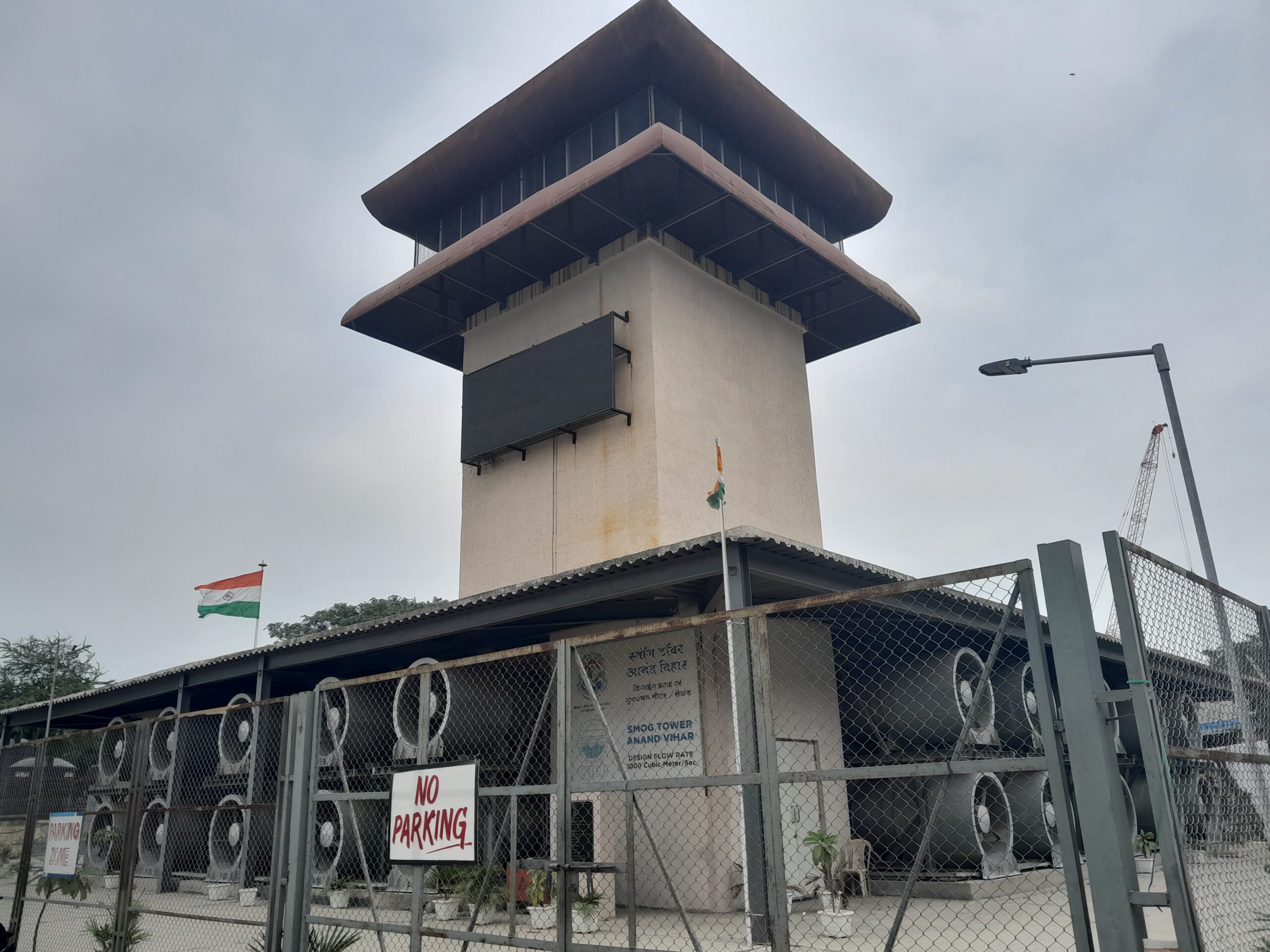
DIRT GATHERING: Birds have set up a nest behind the Anand Vihar smog tower, revealing the lack of care from authorities
A senior US scientist, Richard Peltier, emphasises that achieving better air quality in India requires a sustained, long-term effort. He suggests that while solutions like smog towers and cloud seeding are feasible on a small scale, they are not sustainable solutions for entire cities due to cost and maintenance challenges.
Peltier, who serves on the World Health Organization’s Global Air Pollution and Health Technical Advisory Group, acknowledges that air pollution is a significant problem across India but notes that precision in monitoring is limited by the distribution of air pollution monitors.
He points to the example of the United States, which implemented the Clean Air Act in the 1960s and only recently achieved generally good air quality. He emphasises that addressing air pollution is a long-term endeavor, likening it to a marathon rather than a sprint.
Regarding smog towers, Peltier suggests that while they can remove some pollution, they are not effective on a large scale. He compares their impact to trying to dry a river with a bath towel. Similarly, he believes cloud seeding is not sustainable as it would require constant aerial intervention and is not a practical long-term solution.
Asked about the severity of the air pollution problem in India, Peltier highlights the importance of air quality monitoring. He notes that while there are likely not enough monitors across India, there is a good understanding that air pollution is a significant issue.
He agrees with the assessment by Greenpeace India that a large percentage of India’s population is exposed to air pollution above WHO standards. He also cites a report from the Energy Policy Institute at the University of Chicago, which indicates that air pollution can significantly reduce life expectancy, particularly in Delhi.
Regarding the meteorological aspect of air pollution, Peltier acknowledges that while meteorology can influence pollution levels, the focus should be on identifying and regulating emission sources. He stresses the need for effective governance and regulation to improve air quality.
Finally, Peltier underscores the link between air pollution and mortality rates, particularly from cardiovascular disease, lung cancer, stroke, and chronic obstructive pulmonary disease (COPD). He acknowledges the challenge in conveying this connection to individuals but emphasises that the scientific community recognises the relationship between air pollution and mortality.
(With PTI inputs)
Rival leagues trigger players’ suspensions and a legal battle in Indian golf, for now
Former Delhi CM Kejriwal criticises Centre, Delhi govt over worsening air pollution, alleges AQI manipulation
Delhi Police raids Nangloi unit producing fake engine oil, seizes over Rs 1 crore worth…
Mukesh Sharma reimagines digital components as living matter in his solo exhibition ‘Decoding Digital DNA’
Nine accused were arrested in coordinated raids as police uncovered organised networks supplying mule bank…
Nearly 1.57 lakh PUC challans issued in two months as Delhi steps up GRAP enforcement…